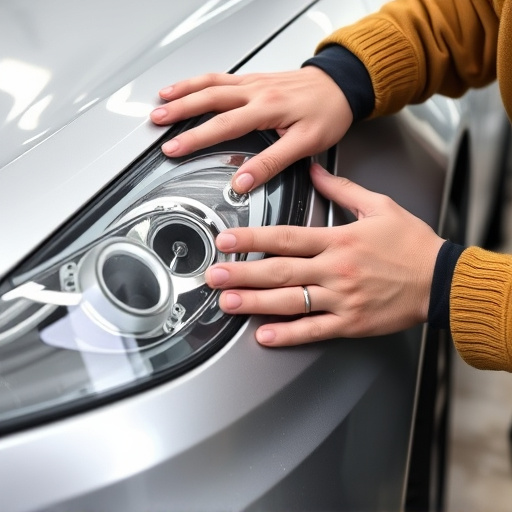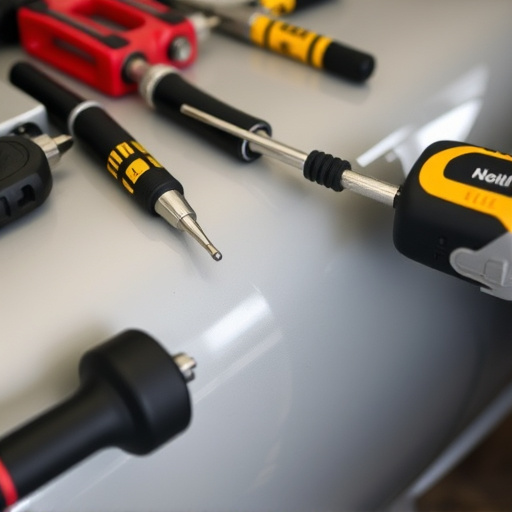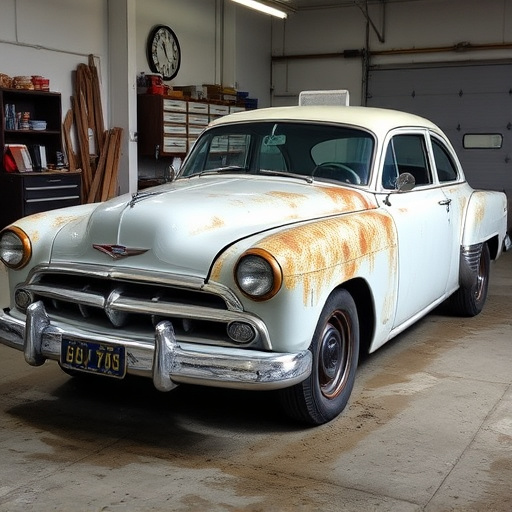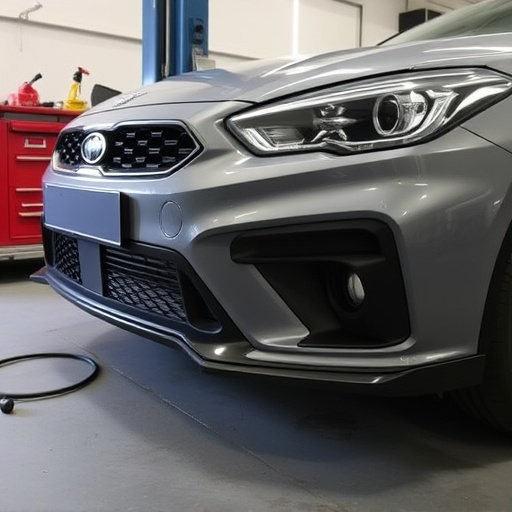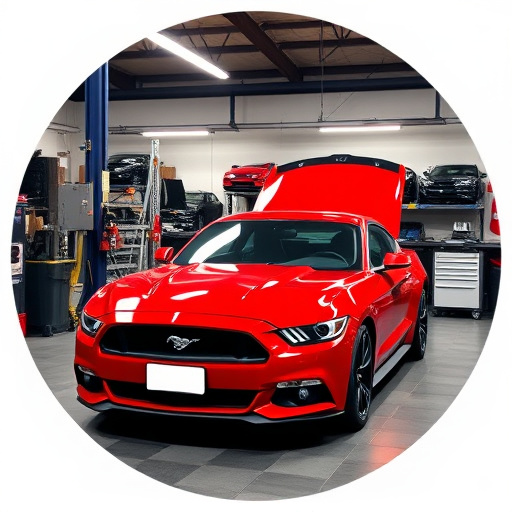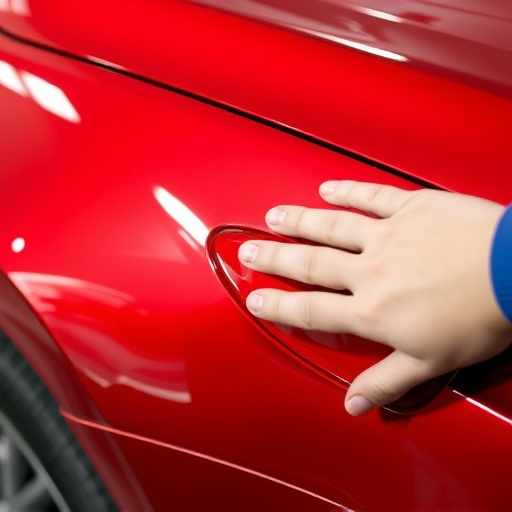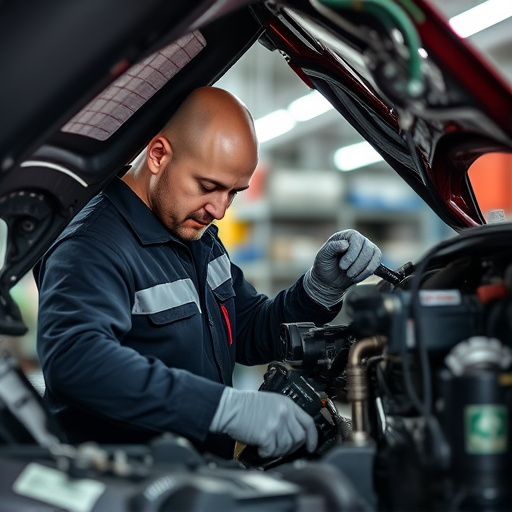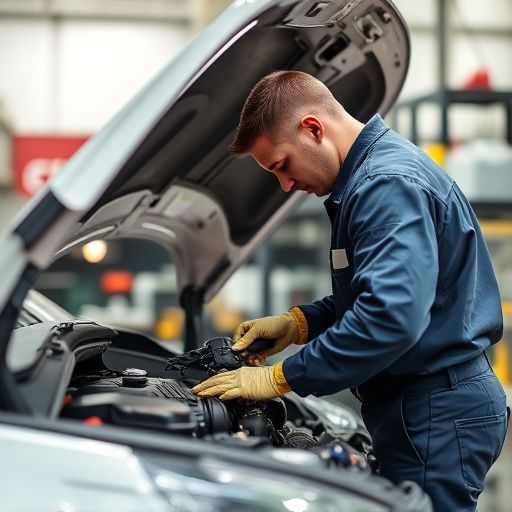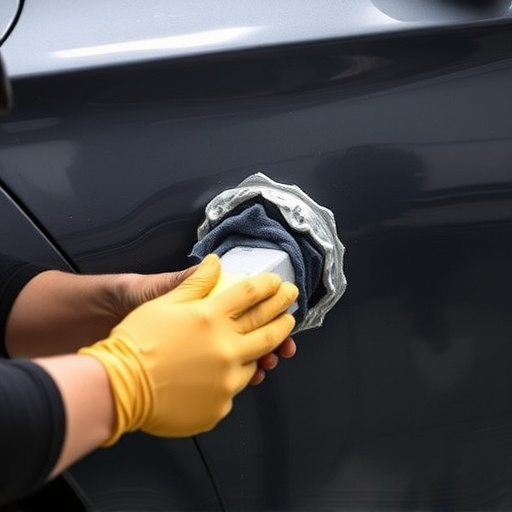Paintless Dent Repair (PDR) is an eco-friendly, time-saving auto maintenance method gaining popularity for collision repair, especially minor dents. Skilled technicians use specialized tools like dent pullers to restore vehicle exteriors without painting, maintaining original appearance and preserving value. PDR for minor dents offers cost-effective solutions, faster repair times, and enhanced aesthetics through meticulous work, fostering positive customer experiences.
In today’s automotive industry, technicians play a crucial role in enhancing vehicle aesthetics through PDR (Paintless Dent Repair) for minor dents. This non-invasive method offers a cost-effective alternative to traditional painting. This article delves into the art and science of PDR, exploring the essential skills and tools required by technicians to master this craft. We’ll uncover best practices and highlight the numerous benefits of involving skilled technicians in PDR, ensuring optimal results for minor dents.
- Understanding PDR for Minor Dents: A Comprehensive Overview
- The Skills and Tools Essential for Technicians in PDR
- Best Practices and Benefits of Involving Technicians in PDR for Minor Dents
Understanding PDR for Minor Dents: A Comprehensive Overview
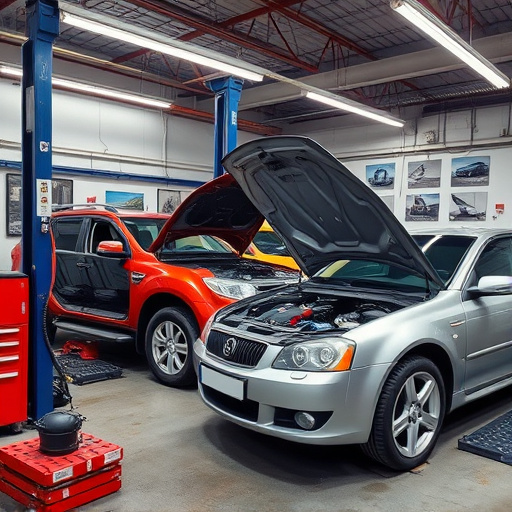
PDR for minor dents, or Paintless Dent Repair, is a specialized auto maintenance technique that has gained immense popularity in the automotive collision repair industry. Unlike traditional vehicle repair methods that may involve extensive painting and body work, PDR focuses on restoring the original appearance of a car’s exterior by gently removing dents and dings without damaging the paint surface. This non-invasive approach not only saves time and money but also ensures a more environmentally friendly process as it minimizes the need for additional paints and coatings.
The technique employs a range of specialized tools, such as dent pullers and tampers, to apply precise pressure points that gradually push the dented area back to its original shape. Technicians skilled in PDR meticulously assess each dent, determining the best course of action based on factors like size, depth, and location. By leveraging their expertise and high-quality equipment, these professionals can restore vehicles to near-perfect condition, providing an efficient and cost-effective solution for both minor dents and more complex auto body issues, ultimately enhancing the overall vehicle repair experience.
The Skills and Tools Essential for Technicians in PDR
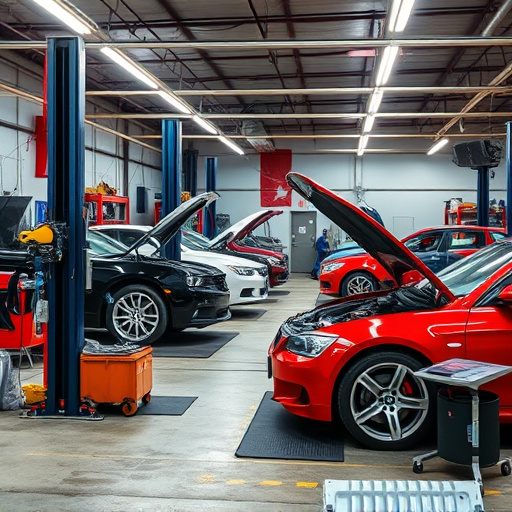
Technicians involved in PDR for minor dents require a unique set of skills and tools to perform effective car collision repairs. The process demands precision and expertise to minimize damage while restoring the vehicle’s original appearance. A key skill is the ability to assess each dent accurately, considering factors like size, depth, and location to determine the best course of action. Technicians must be adept at using a range of PDR tools, from specialized pry bars and air guns to mallets and polishers, allowing them to gently remove dents without causing further damage or leaving unsightly marks.
Beyond technical proficiency, excellent communication skills are vital. Technicians often interact with clients directly, explaining the repair process, providing estimates, and addressing concerns. A technician’s ability to offer transparent, detailed information builds trust, ensuring clients understand the benefits of PDR for minor dents over more invasive collision repairs. This approach not only fosters a positive customer experience but also highlights the efficiency and cost-effectiveness of tire services and PDR as an alternative to traditional collision repair centers.
Best Practices and Benefits of Involving Technicians in PDR for Minor Dents
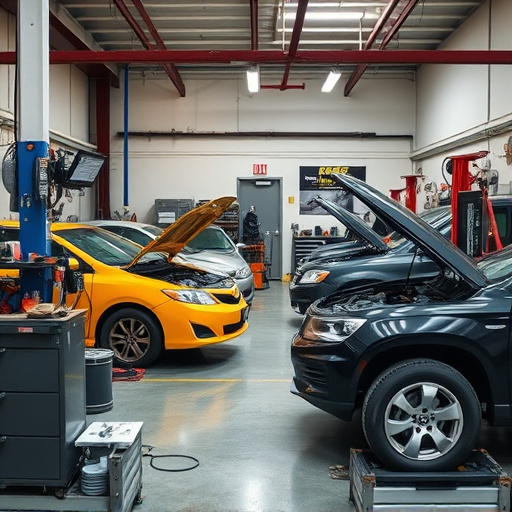
Involving technicians skilled in PDR for minor dents offers a multitude of benefits for both vehicle owners and auto body shops. Best practices include thorough training and certification, ensuring technicians are adept at using modern tools and techniques to effectively remove dents without damaging the paint or metal surface. This specialized knowledge translates into faster repair times and minimal to no painting required, thereby reducing costs for collision repair.
Additionally, technicians familiar with PDR can significantly enhance the aesthetics of a vehicle through precise, meticulous work. By preserving the original factory finish during auto detailing, these experts ensure that vehicles not only look like new but maintain their value. This is particularly advantageous for those seeking cost-effective solutions without compromising on visual appeal, making paintless dent repair a preferred choice for minor dents.
PDR for minor dents has emerged as a highly effective, cost-efficient solution for vehicle repairs. By involving skilled technicians armed with the right tools and knowledge, this process offers significant benefits in terms of time and cost savings, while also preserving the vehicle’s original factory finish. The specialized skills of PDR technicians ensure that even minor dents are repaired flawlessly, enhancing the overall aesthetics and value of the vehicle. As the demand for quick, seamless repairs continues to grow, the role of these professionals will only become more crucial in the automotive industry.

